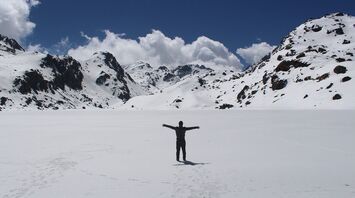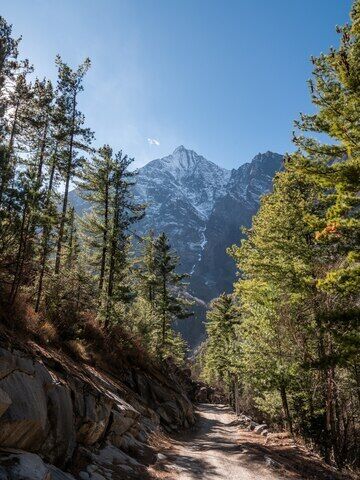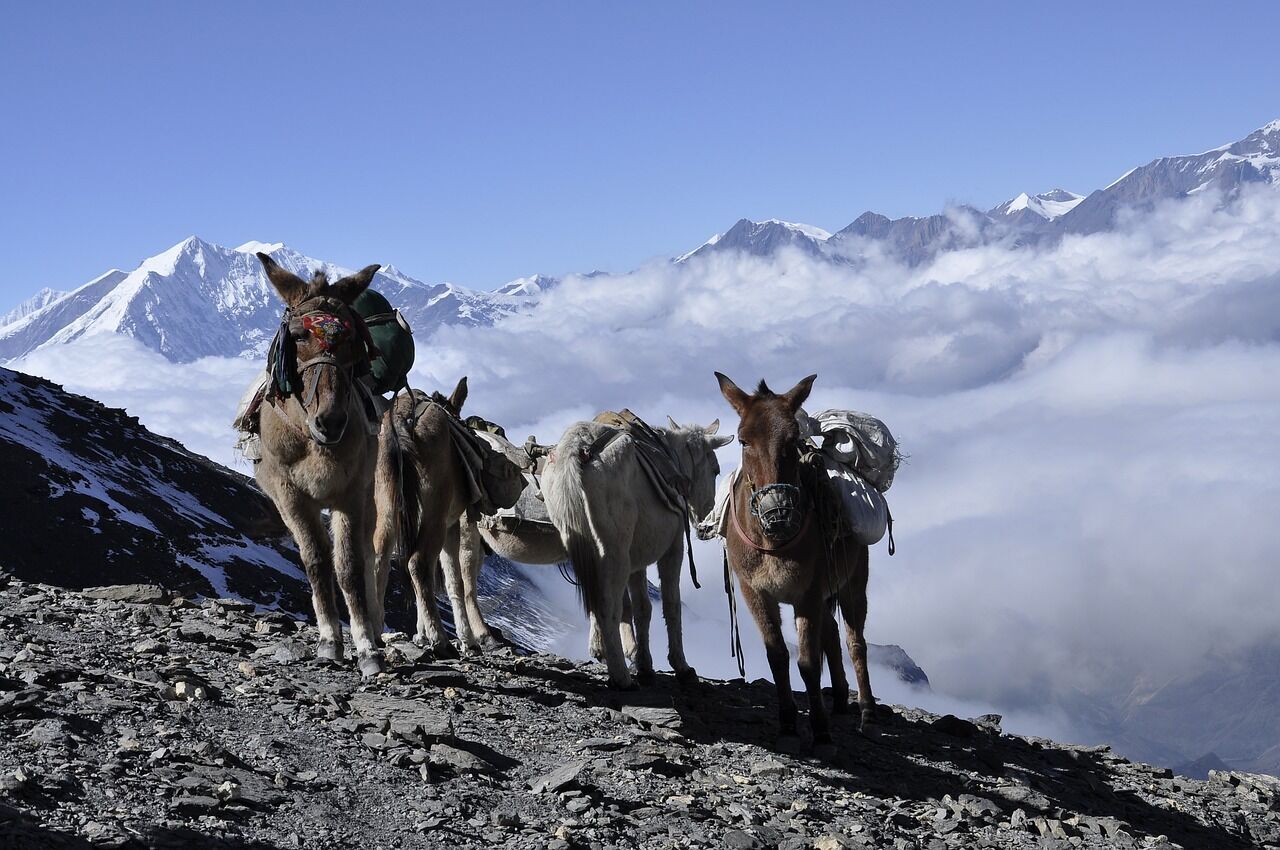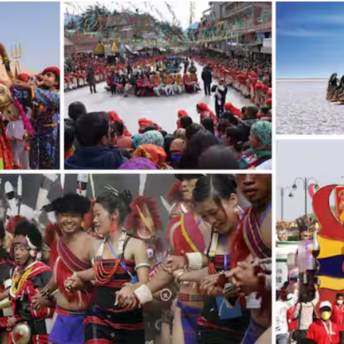How to plan your dream trip to the Himalayas: 12 tips to help you organize your trip

The majestic Himalayas, with their snow-capped peaks, serene valleys, and vibrant culture, attract adventurers from all over the world. Planning a trip to this fascinating region requires careful preparation and consideration.
We offer you a useful guide to help you get the most out of your Himalayan adventure. And also not to get into trouble during the trip you have been dreaming about for so long, - writes the TimesTravel website.
Define your goals
Choose what interests you the most: trekking, spiritual search, cultural immersion, or a combination of these. Set clear goals for your trip, whether it's reaching a certain peak, visiting ancient monasteries, or simply enjoying the tranquility of the mountainous terrain.
Choose the right time
Research the seasons in the Himalayas as the weather conditions vary significantly. Consider factors such as temperature, rainfall, and visibility, depending on your planned activities. The pre- and post-monsoon seasons are usually ideal for trekking.
Choose your destination
Explore different regions such as Nepal, Bhutan, India, or Tibet based on your preferences and the experiences they offer. Consider the type of trekking routes, cultural attractions, and accessibility of each destination.
Plan your route
Divide your trip into key segments, allocating time for trekking, sightseeing, and rest. Make sure your itinerary includes acclimatization, especially if you will be at high altitudes.

Create a budget
Create a detailed budget covering flights, accommodation, permits, excursions, meals, and other expenses. Take into account unexpected expenses and consider travel insurance to protect yourself from unforeseen circumstances.
Read more: 5 countries you must visit before they become overrun with tourists
Get the necessary permits
Research and obtain the necessary permits for specific regions or activities. Each Himalayan country has its own rules. Be aware of any changes in permit requirements and make photocopies to carry with you.
Pack strategically
Pack according to your planned activities, including hiking gear, appropriate clothing, and essentials such as a first aid kit, water purification tablets, and altitude sickness medication. Be aware of weight restrictions for domestic flights and the need to wear multiple layers of clothing due to temperature changes.

Health and fitness
Schedule a medical checkup before you travel, including immunizations, altitude-related issues, and general fitness. Start a fitness routine in advance, focusing on cardiovascular exercises and strength training to cope with the physical demands of high altitude trekking.
Accommodation and transportation
Book your accommodation in advance, especially during peak seasons. Options range from tea houses on treks to comfortable lodges and hotels in cities. Research your transportation options - domestic flights, buses, or shared jeeps - and plan accordingly.
Cultural sensitivity
Familiarize yourself with the local customs, traditions, and etiquette of the Himalayan communities you visit. Respect religious sites and rituals, and be aware of the impact of tourism on the local environment.
Stay informed about safety
Be aware of weather conditions, especially if you are going hiking, and be flexible in your plans if necessary. Check in with your embassy and share your itinerary with someone back home for safety.
Get in touch with local guides
Hire experienced local guides who know the area, the culture, and can enhance your overall experience. Ask for recommendations from fellow travelers or online forums to find a decent guide you can trust.



















